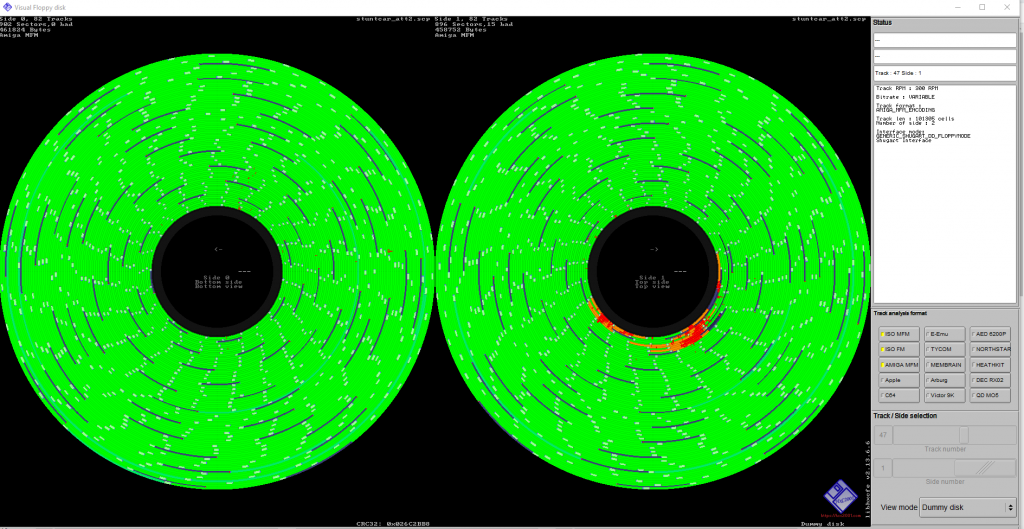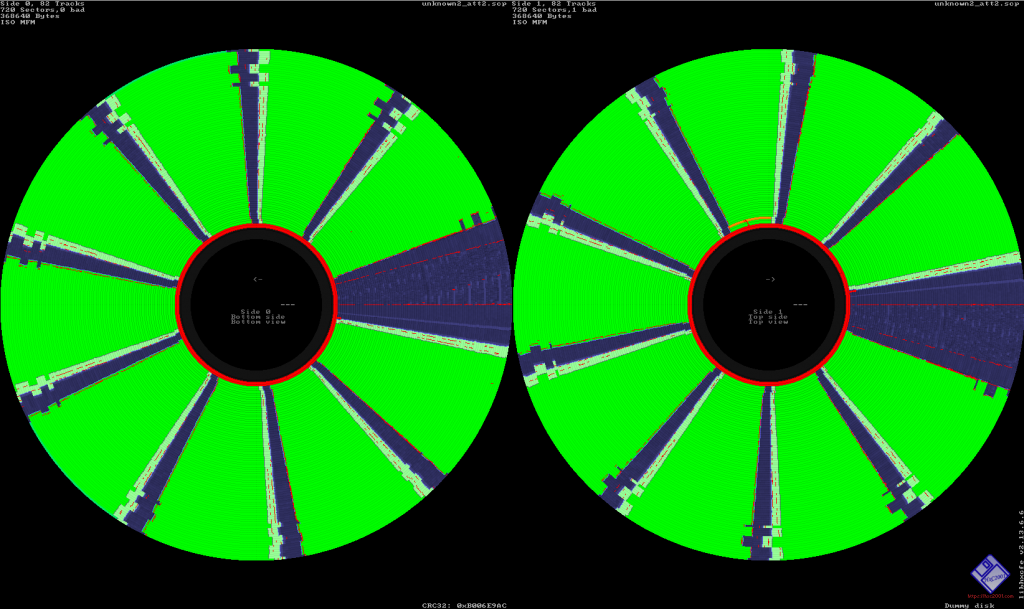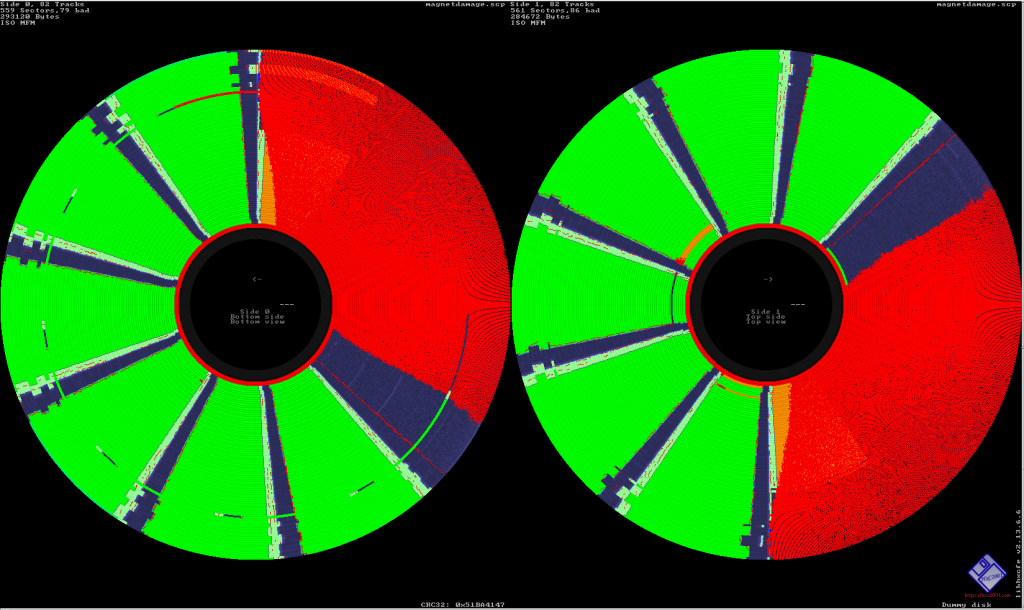Oh my. I wish I’d discovered this sooner. I’ve had so much fun with it over the last few hours, and I’ve discovered quite a few things about how it all works, and how to fix / identify problems. For now, I’ve given up on the initial box of disks that I was originally trying, that was more problems than enough. Luckily, I found another box of disks this morning. These were (mostly) my own, so I had more of an interest what was on them anyway.
I did a bit of a livestream while I was converting the disks. Enjoyed it. Got it done while reminiscing about my college days, and how I used to walk in with boxes of disks so I could download files and put them onto the Amiga. Happy days.
After I finished the stream, I intended to do a recorded version where I went through the disks that I’d imaged…. there was one slight problem. Most of the disk images didn’t actually bring anything up. It was as if the disks were corrupted. Well, that was a waste of time, then. I wanted to do some investigation on what was happening, and to see if anything could actually open the disk images. I found a program called ‘hxc’. It has cropped up a few times, so I decided to give it a go. Turns out it did more than just allow you to explore disk images. It lets you check every part of the disk, to see if it was valid, and in a recognisable format. It can even generate an image of the disk to see if there are any problem areas. I threw one of my original dodgy rips into it, and it came back with this…
Yeah, that level of red isn’t good. Almost every block was coming back as corrupted. There was no way this disk image would ever work. Thankfully, all that was lost was a bit of time. Looks like the drive heads had became clogged at some point during the process, as I was able to get plenty of good reads as the night went on. One good thing about this, is that it can show where the problem areas are on disks. Remember I was talking about that floppy disk cleaner? I guess this could help you track down bits of the disk that need cleaning. In all honesty though, it’s more than likely that the media has just degraded over the years. Here’s a screenshot where there’s part of the disk near the end not reading correctly…
OK, so that’s what an amiga disk looks like. this is what a PC-formatted disk looks like…
Oooh, pretty. This is a 720K formatted disk, as that’s what I was playing with. I then had a bit of a daft idea. This is literally just reading the magnetic information on the disk, and displaying if there’s valid information on it…. if I were to expose part of the disk to a nice, strong neodymium magnet… would that display exactly where I wiped?
The answer is yes. I purposely only wiped a specific area of the disk, and this shows exactly where the magnet went. Of course, no data was lost, as you don’t actually damage a disk by wiping it with a magnet, you simply just destroy the data. I simply wrote the image back to the disk.
I’m pretty confident that this Greaseweazle is the best thing I’ve bought for a long time. Sorry, I’m probably the only person on the planet that thought this deserved a blog post, but this has amused me greatly. It’s given me a new found affection for the floppy disk that I haven’t had since the 90s. I’ll be back to bore you more shortly.







